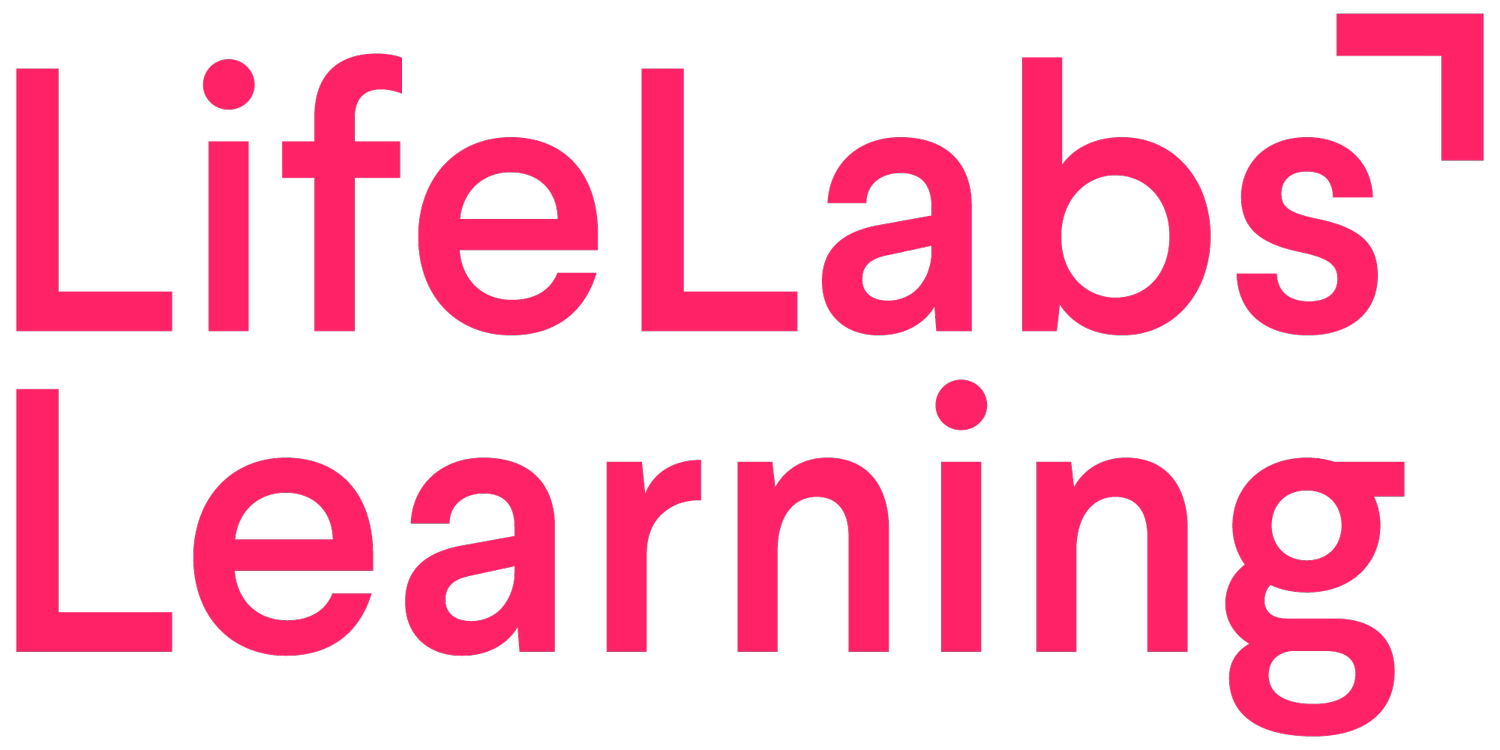The “career ladder” is broken. Here’s how to develop your employees instead.
6-minute read
In last week’s blog, we talked about the importance of creating development opportunities for your employees as part of the performance review process, but that’s not the end of that thought. It’s not enough to simply have development opportunities — the most successful companies also:
define what career growth and development look like, and
make employees aware of the development opportunities they have.
In this article, we’ll share why a focus on development is essential today and how the best companies make the modern-day miracle of meaningful development happen.
The “career ladder” is broken
These days, the conventional “career ladder” metaphor can only take employees so far before it breaks. The first problem with the “ladder” is that it tends to give only a small percentage of the workplace access to predictable career progression. The even bigger problem? It does not equip companies to get people rapid access to the skills the organization most needs in the midst of rapid growth and/or change.
But most employees still look for development opportunities in the old-school way: the “move up the ladder” mindset that frames growth as synonymous with a new title or promotion. As a result, even companies that experience lots of growth and transformation often find that their employees still don’t see development opportunities available to them. If it doesn’t look like traditional “career progression,” all those growth opportunities remain undervalued at best and invisible at worst. Not only does this paradox result in a less agile and resilient company, it is also a major threat to employee engagement and retention. When employees believe there is no longer room for progression at their company, motivation, productivity, and intent to stay plummet.
Instead of responding reactively to the perception of limited career growth opportunities (as most companies do), here’s how companies can strategically address the desire and need for employees to grow:
Articulate your growth and development philosophy
The very first step to improving the perception (and reality) of career growth at your company is getting explicit about your growth and development philosophy. Without this step, every employee will interpret it differently, making dissatisfaction and confusion inevitable.
A clear definition will help you recruit people who are bought-in to this view of growth. And best of all, it makes it possible to create a career growth strategy. Share your definition early and often -- for example, during recruiting, onboarding, and performance reviews.
Here is a sample growth and development philosophy we like:
Career growth at our company is not a ladder. It’s much more like a rock climbing adventure. We don’t offer predictable, linear paths because we’re constantly evolving as an organization. Instead, we invite everyone here to climb around and explore — collecting lots of transferable skills, experiences, and relationships along the way. We hope that you will apply these skills here within your role and as new opportunities open up, but we’re also excited that these skills will open new doors for you beyond our company too. We’ll promote opportunities for development often, and we also ask that you own your own development by seeking out ways to learn and grow that most interest you while also contributing to the company.
Dictionary moment: ‘Transferable skills’ are knowledge sets that can be used in multiple scenarios and can include technical skills (like Excel and PowerPoint) as well as more conceptual skills (such as giving good feedback, strategic planning, or project management). In short, these are skills that easily ‘transfer’ into multiple roles, goals, and situations. The greater a company’s skill diversity, the greater its resilience.
Try it: As a thought exercise, jot down in 2-3 sentences of what you believe your company’s growth and development philosophy is currently. Next, outline what you think the philosophy should look like.
Identify the awareness gaps in your current development opportunities
Once you’re clear on what career growth means at your company and how development should look in action, it’s time to find out if people are aware of the development opportunities they already have.
One mistake companies tend to make is focusing their energy on creating more development opportunities. However, if employees aren’t aware of those opportunities, they can’t actually help them grow.
To gauge that awareness, take a quick pulse on your employees’ Perceived Investment in Individual Development (PIED). Build a short survey using the following Gallup Q12 index questions:
Is there someone at work who encourages your development?
In the last six months, has someone at work talked to you about your progress?
In the last year, have you had opportunities to learn and grow?
You can also measure participation in your existing development programs before attempting to iterate on them or create new ones. Are people utilizing them? Do they find them helpful? Is there evidence that these programs result in meaningful change?
Inclusion Bonus: Look at the patterns you extract around your PIED and participation data.
Are there particular demographics, departments, or roles that seem more or less satisfied?
Are there particular demographic, departments, or roles that seem more or less involved in existing programs?
Start with the quantitative data, then dig into qualitative responses about the reasons people have for getting involved (or not) and how they came to learn about these opportunities.
Increase awareness of development opportunities
Once you understand the awareness gap at your company, it’s time to close it! Here are two strategies:
Use managers as your multipliers:
Creating visibility is one of the easiest ways to increase awareness, and your managers are your best allies when it comes to scaling that awareness. Make sure managers are having development conversations with their direct reports outside of just talking in terms of promotions. Train managers to help their team members extract learnings from their existing work, share feedback, and point their direct reports toward existing opportunities that relate to their interests, strengths, and gaps.
Demarcate in-role career growth:
Another great way to make people more aware of the career growth opportunities that exist at your company is to help them see the growth they’re already experiencing. Without this visibility, it’s easy to assume that the only way to grow is to get a new job or job title. For example:
Publicize successes often. If your company has a monthly all-hands meeting or newsletter, share examples of people who have developed new skills or achieved great results. Not only does this create a feeling of recognition, it can also inspire other employees to pursue similar learning paths.
Train managers to speak in the ‘language of development.’ Managers should give feedback through the lens of growth and learning by labeling specific skills.
For example:
“I really see progress in your project management skills.”
“The way you facilitated that meeting shows you’re developing your organizational skills!”
Create learning extraction rituals. Develop a company-wide cadence of pausing in weekly one-on-ones (or at least once a month) to extract lessons learned and milestones reached. Managers can simply ask reflection questions or you can go a step further by sharing an Individual Development Plan (IDP) template focused on learning from the past and making development commitments for the future.
Ultimately, how people feel about development is almost as important as the development opportunities themselves — and the truth is, those opportunities are already all around us. In our current work environment, career paths need to be nimble for both companies and employees to succeed. As your employees’ satisfaction with development increases, they'll be more motivated and empowered to do great work, and you’ll have the necessary skills on your team to reach company goals, while developing a reputation as a company that invests in its employees.
Interested in learning more about how to develop people faster? LifeLabs Learning workshops are designed to do exactly that, fast! Set up a quick conversation with one of our consultants to explore options and nerd out over learning psychology.
Learning & Development Toolkit
Set up your Learning & Development strategy for success with these three tools: L&D Philosophy Template, L&D Curriculum Builder, and the L&D Calendar Template

